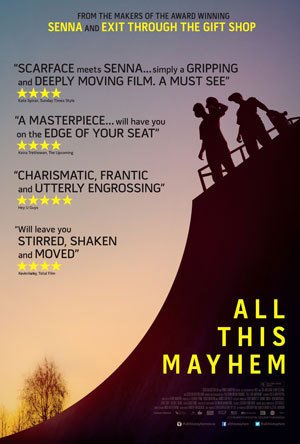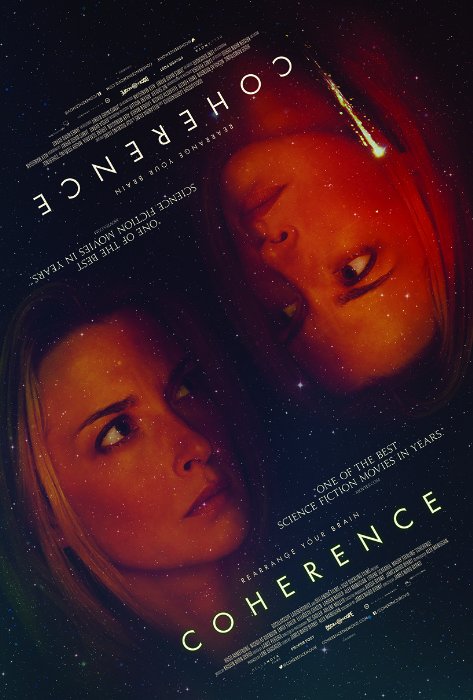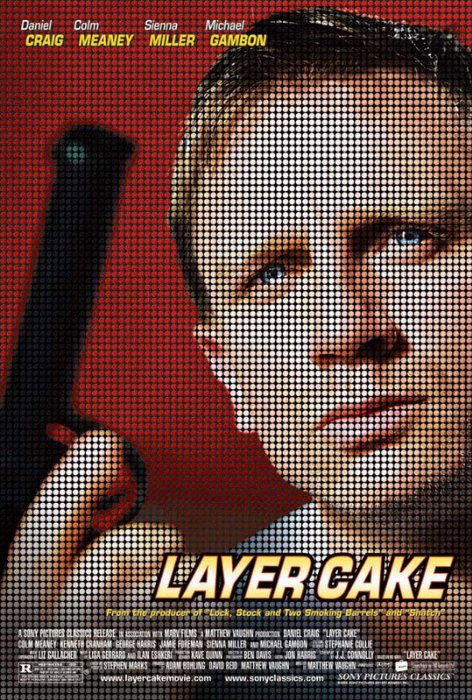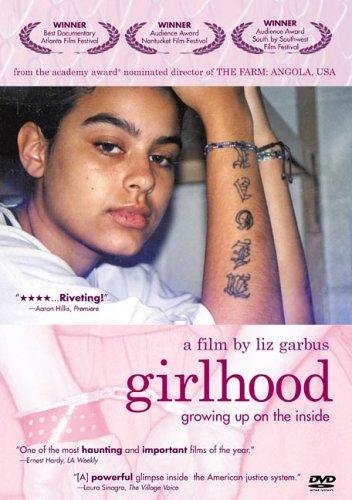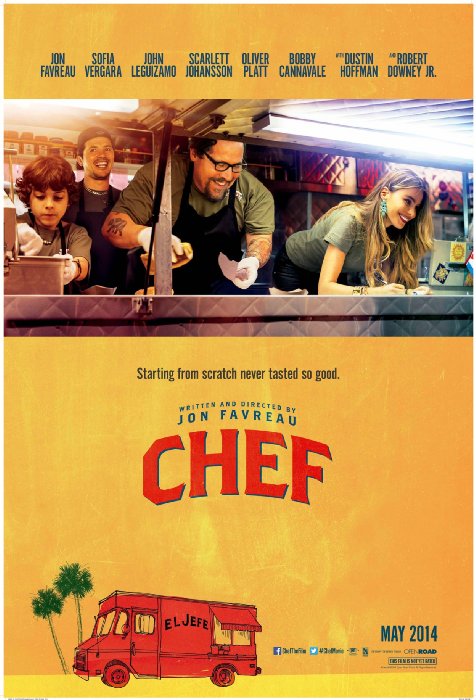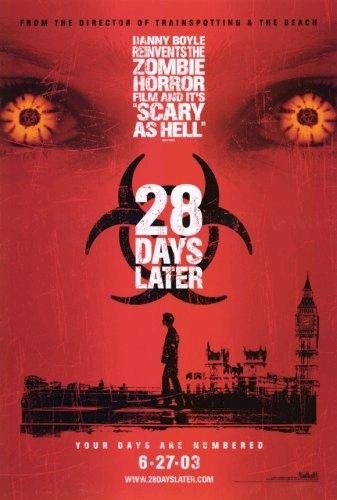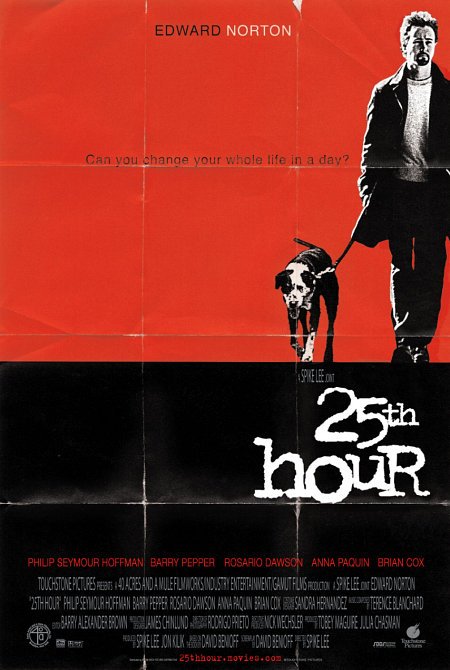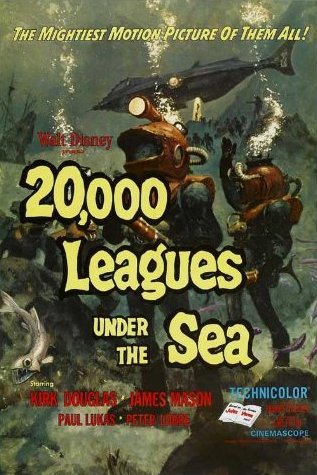The Eddie Martin documentary All This Mayhem (2014) tells the story of the Pappas brothers, two men who reached the pinnacle of pro-skateboarding but crashed hard through drug and alcohol abuse. Made up of recorded footage as the boys came up and were discovered through skating videos and competitions, eventually becoming number one and two in the world rankings, along with interviews from the major players involved, including extensive interviews with one of the brothers themselves, the documentary provides a highly enlightening look at a relatively unknown aspect of this particular sport and subculture. This isn’t the ESPN sponsored X-Games style of skateboarding, although this is discussed in the movie, this is raw individuality and the grassroots aspect of the sport. However, by the end its clear the skateboarding is just the vehicle.
The main focus of the film is the brothers, not only their impact on professional skating but the way in which their strong personal characteristics not only allowed them to be phenomenal and innovational athletes, but also may have been the reason they succumbed to addiction. The aspect of their selves which allowed them to throw themselves into their sport, is arguably the same form of fearless abandon which lead to their downfall.
It may be true that skating enthusiasts will be well acquainted with the story of the Pappas brothers, so may not find anything of note in All This Mayhem (2014). However, for those uninitiated or even with just a slight knowledge of that particular world, the documentary offers an engaging, entertaining, and effective insight into an important and interesting culture. Those who may be dismayed at watching a film about skateboarding should take a risk, because at the heart of All This Mayhem (2014) is a truly compelling human story.
★★★★☆

